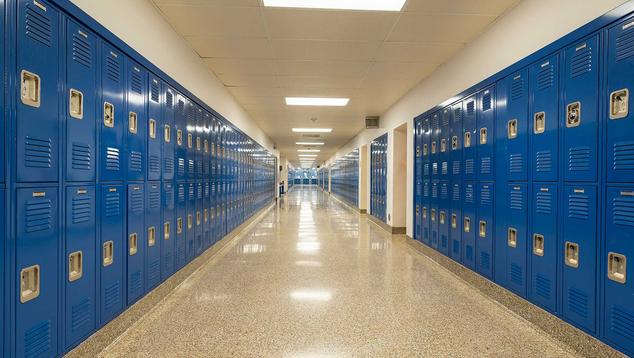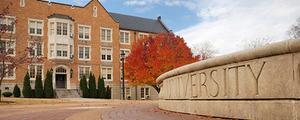WASHINGTON, D.C. -- For the second consecutive year, U.S. students in grades five through 12 give their schools a B- grade overall, according to the Gallup and Walton Family Foundation Student Report Card. New analysis shows that economic status is a driving factor behind how well students grade their school.
The latest data show about two-thirds of students give their school an A (26%) or B (38%), and about one-third (36%) give their school a grade of C or lower. These grades, which are similar to last year’s, translate to an average GPA of 2.75 overall, a B-.
Results for the Gallup and Walton Family Foundation Student Report Card are based on probability-based web survey responses collected April 26-May 9, 2024, from 2,152 12- to 19-year-old students on the Gallup Panel. All students were currently enrolled in grades five through 12 at a public, charter or private school in the U.S.
Low-Income Students Grade Their Schools Worse Than More Affluent Students
The grades students give their schools are influenced by their economic status. Low-income students, defined as those eligible to receive free or reduced priced lunch at school, are less likely than higher-income students to give their school an A overall (20% vs. 31%). The average grade awarded by low-income students translates to a 2.57 GPA, or a B-, while the average grade awarded by more affluent students is a 2.90 GPA, or a B.
Gap Between Lower- and Higher-Income Student Experiences Grows in Wealthier Areas
Local funding, including property taxes, has historically been a significant source of funding for public schools. The 2024 Gallup and Walton Family Foundation Student Report Card data found that beyond household income, neighborhood income also influences student experiences. As the median income in a student’s ZIP code increases, the gap between the experience of lower- and higher-income students rises from six to 12 percentage points.
The reason for this expanded income gap in wealthier areas is not clear. While research suggests schools that spend more per student tend to have higher graduation rates and test scores, it may be that the neighborhoods where lower-income students live are served by schools with less funding than the schools that serve higher-income students -- even if they live in the same ZIP code.
The expanded income gap in wealthier areas was more obvious among parents, who also graded their child’s school in the 2024 survey administration.
Between 23% and 30% of parents in low-income households give their child’s school an A across all median incomes in their ZIP code. In contrast, higher-income parents in higher-income ZIP codes gave their children’s schools more A’s, suggesting a better experience.
Bottom Line
While schools are frequently measured on a variety of metrics, such as graduation rates and standardized test scores, the voices of the students they serve are often absent from these conversations. The 2024 Gallup and Walton Family Foundation Student Report Card finds students continue to give their schools a B- on average, similar to 2023 results. Low-income students are less likely than higher-income students to say their schools have earned an A overall. In addition, the gap between low- and high-income students is higher in wealthier ZIP codes. This may result from wider variation between schools in ZIP codes with a higher median income overall -- with lower-income students more likely to attend the less-resourced schools -- or schools not serving the low-income students that attend as proficiently as they serve their higher-income students.
More details on students’ experiences -- and how they vary -- will be released in the upcoming full report.




